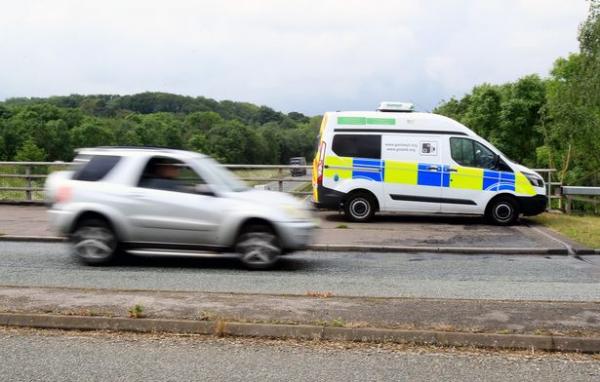
A proposed change to road laws could see UK motorists punished for exceeding the speed limit by as little as 1mph.
A parliamentary group claims that the current system of leniency on speed limits has created a culture where breaking the speed limit is acceptable. It has suggested a zero-tolerance attitude in response.
The All-Party Parliamentary Group for Cycling and Walking (APPGCW) has recommended that leniency on speed limit breaches should be eliminated in a new ‘Road Justice Report’; which also says that the size and weight of a vehicle should be a contributory factor in determining sentencing for traffic offences, with larger vehicles receiving tougher penalties.
The latter point is obviously not especially important to motorcycle riders but the former point about speed limit leniency certainly is.
The Times reports that the group’s report, which is set to be published later today (11 September 2023), said: “If the working assumption is that one can speed (to an extent) with impunity, this fosters a belief that traffic law does not need to be taken seriously.
“We hold the view that speed limits and their enforcement represent the foundation of road justice because speeding accounts for the lion’s share of offences committed on the roads.”
The Times reports that the APPGCW is supported by 38 MPs and 20 peers, and that the justification for reducing or totally removing the tolerances on speed limits is to reduce the fear for people who walk or cycle.
To enforce a speed limit absolutely, you have to have confidence that all speedometers in all vehicles in the country are perfectly accurate, but often they are not. While it is necessary for speedometers to not understate the speed of the vehicle by any amount, a tolerance of 10 per cent plus 6.25mph is allowed above the speed of a vehicle. So, a vehicle travelling at 20mph could be shown on its speedometer to be travelling at 28mph.
Current regulations set out by the National Police Chiefs’ Council (NPCC) mean that motorists can only expect to be fined for breaking the speed limit if they exceed the limit by 10 per cent plus 2mph or 3mph. This means 35mph or 36mph in a 30mph limit, for example, or 79/80mph in a 70mph zone.
These guidelines were last updated in 2013, and the new report is urging a new revision of them.
The Times reports that Richard Owen of the consultancy Agilysis said that the lowest possible tolerance for speed cameras is 2mph above the speed limit, because Home Office rules state that they must be accurate to within plus-or-minus 1mph, meaning a car detected at 31mph could be travelling at 30mph or 32mph.
Owen said that when he managed the Thames Valley partnership, it reduced the speed limit tolerance to 1mph and subsequently saw a 50 per cent increase in offences. With that in mind, it’s reasonable to expect a similar consequence of reducing the tolerance in the same way on a national scale.

